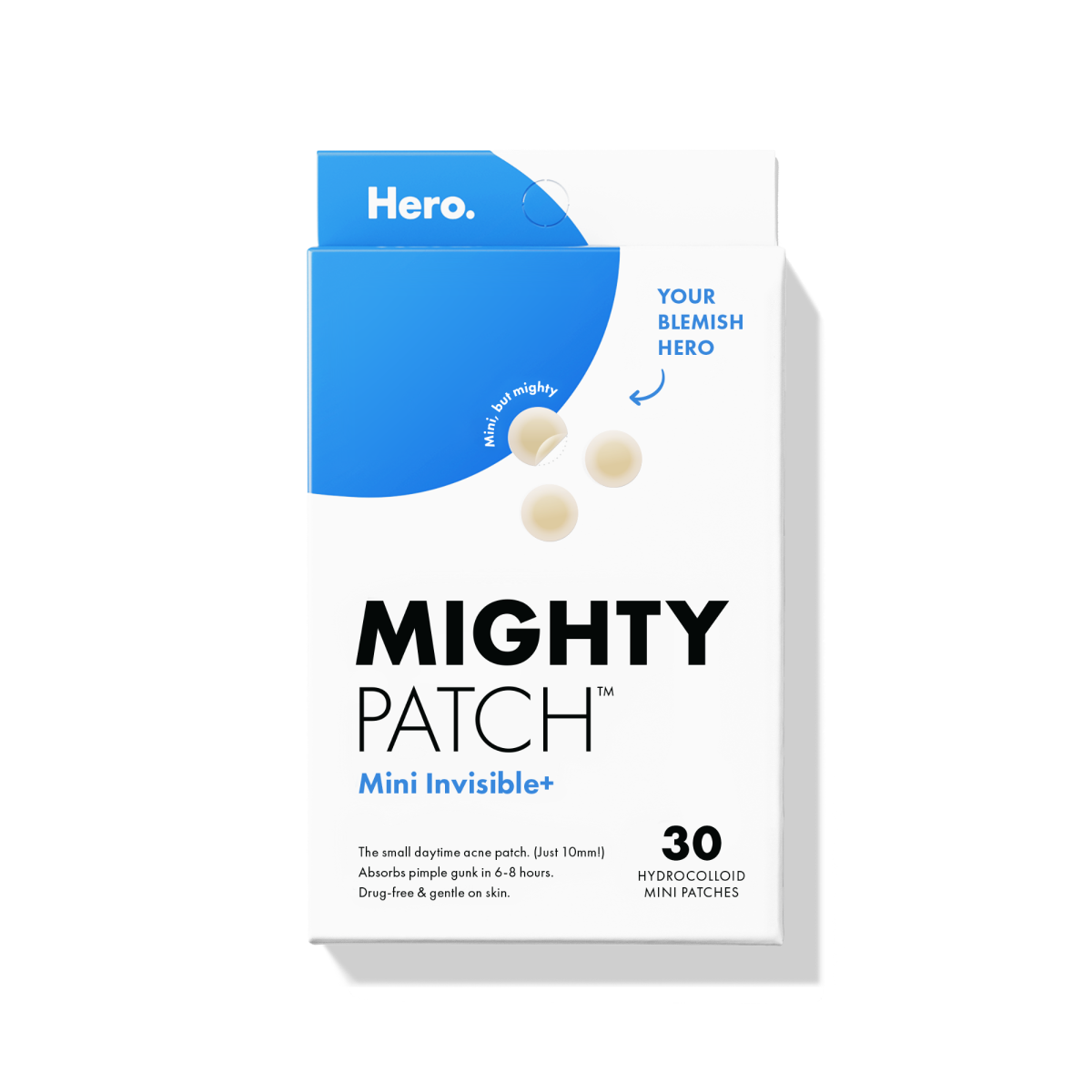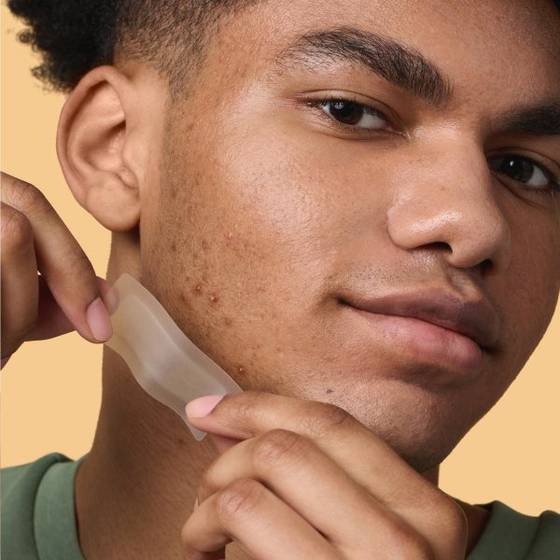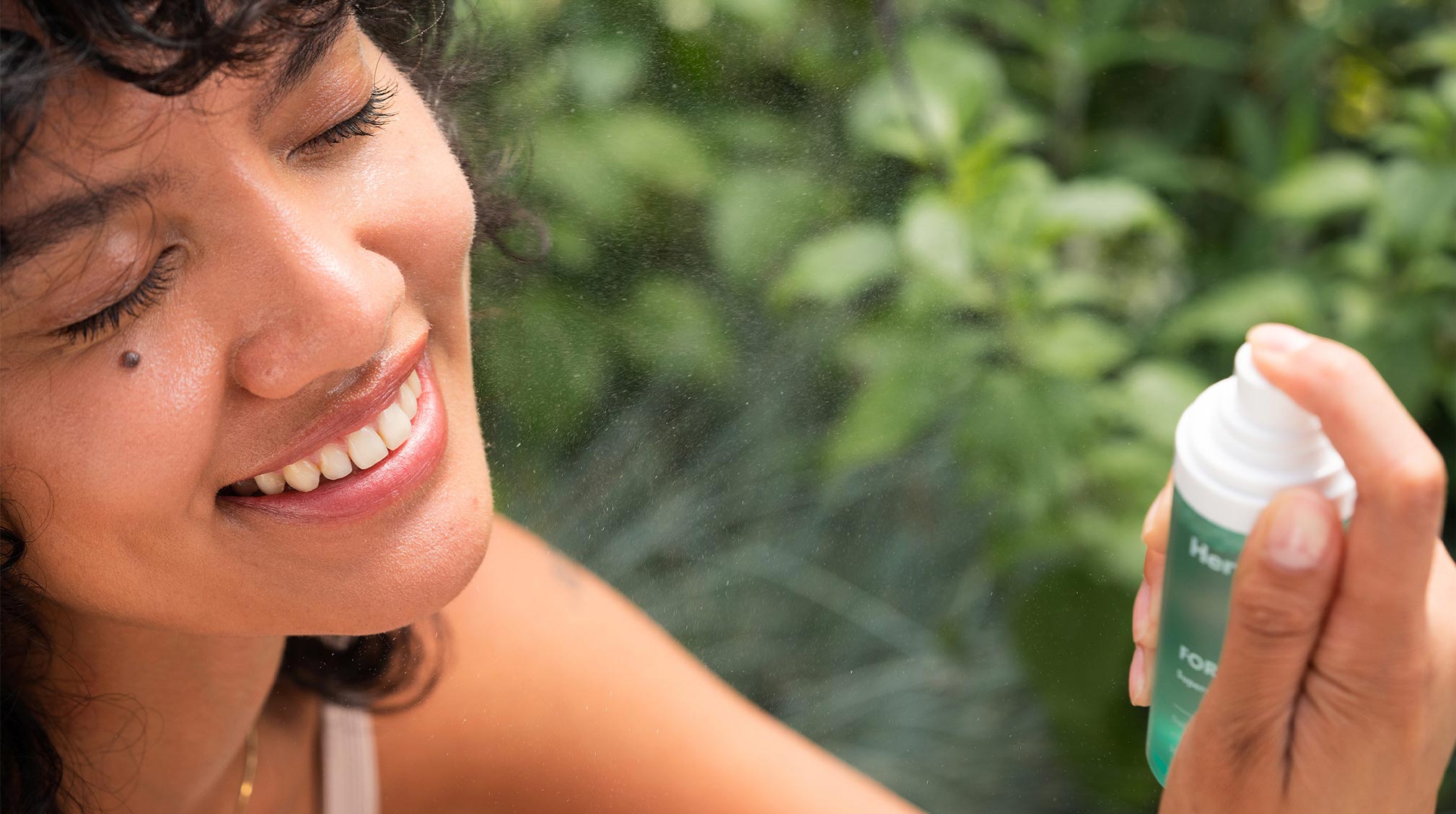
There’s been a whole lot of buzz around the skin barrier recently, which we totally get. After all, the skin barrier is quite essential — as in, it keeps all of the bad things (toxins and pathogens) out of your body and all of the good things (water and moisture) in your body. But you might not know that the skin barrier has a little help in its skin defense duties, namely from the acid mantle and microbiome. Ahead, we share dermatologist insight on the secret superpowers of the skin barrier, acid mantle and microbiome and how you can maximize their functions for your best skin ever.
Your skin’s visible and invisible shields: the skin barrier and acid mantle
Let’s start with your skin’s most important defender against harm and outside invaders: the skin barrier. “Clinically speaking, the skin barrier is the stratum corneum,” explains Dr. Young McMahan, a Texas-based, board-certified dermatologist. “It is the tough outermost layer of your skin, and it is made up of corneocytes that are bound together with lipids. The skin barrier protects the body against environmental toxins and pathogens that want to enter the body, while helping keep water inside your body, keeping you healthy and hydrated.”
On top of the skin is a thin film composed of lipids from your oil glands and amino acids from your sweat: the acid mantle (AKA the moisture barrier). “It creates a slightly acidic environment on the skin, which allows for healthy bacteria and yeast to proliferate and prevents pathogenic bacteria and yeast from colonizing or infecting,” says Dr. Susan Bard, an NYC-based, board-certified dermatologist.
Think of it like an invisible shield that protects your skin from an overgrowth of bad bacteria. You may have heard about the importance of keeping your skin’s pH levels balanced, and this is where the acid mantle comes into play. When skin has a slightly acidic pH level (5.5 to be exact), it helps to keep the skin barrier strong and healthy.
The microbiome: trillions of bacteria living in our skin
The skin cells that make up our skin barrier are actually not the skin’s first line of defense against harmful invaders; that title goes to the microbiome. “The skin is covered in a diverse microbiome of organisms that keep the skin barrier healthy and intact,” says Bard. When your skin microbiome comprises the right balance of good and bad bacteria, your skin barrier can succeed in its mission to prevent toxins and pathogens from entering the body.
RELATED READ: More Bacteria, Please: A Recipe for Healthy Skin
So how do you achieve that ideal good-bad bacteria balance? With probiotics and prebiotics. “Probiotics contain live cultures of healthy organisms that help populate the skin with healthy bacteria, while prebiotics contain nutrients to nourish them,” continues Bard. “Everyone can benefit from prebiotics, but this is especially important for those with compromised skin barriers.”
What if you’ve got a damaged skin barrier?
Speaking of compromised barriers, signs that yours is in less-than-ideal shape include redness, sensitivity, and dry, inflamed or flaky patches. “Many things can cause damage to the skin barrier,” says McMahan. “If you are in an environment that is too humid or too dry, your skin barrier can be at risk. Over-exposure to the sun is another cause, as are allergens, irritants, and pollutants from the environment, or even products you are exposing your skin to.”
Wearing masks on a regular basis, which can result in irritation and maskne, has been part of the reason for the recently heightened interest in skin barrier health. If your job or other circumstances require that you continue masking, making some simple swaps and additions to your routine can help protect and repair your skin barrier and acid mantle. Choose gentle, sulfate-free cleansers, prebiotic-charged serums, and products with moisture-barrier restoring ingredients, such as calendula flower and sodium hyaluronate. Luckily, the acid mantle and skin barrier are able to bounce back to a healthy state rather quickly when treated with a little TLC!
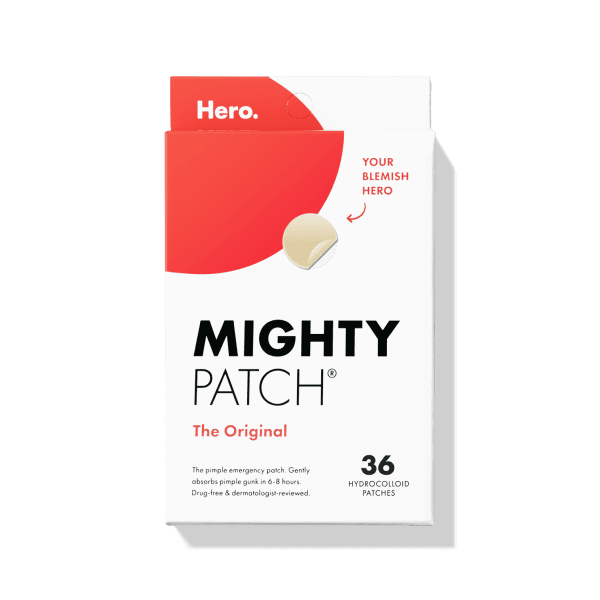
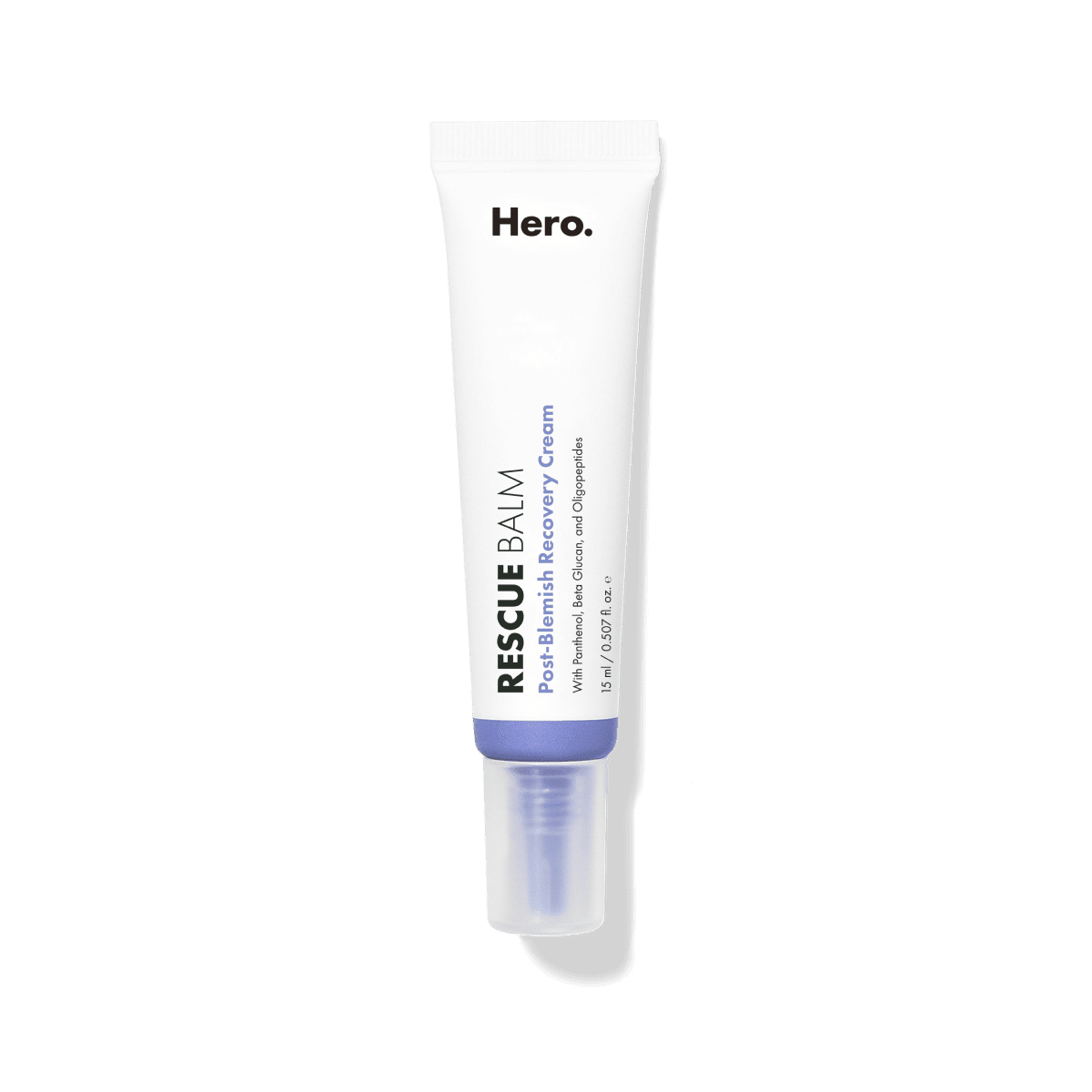
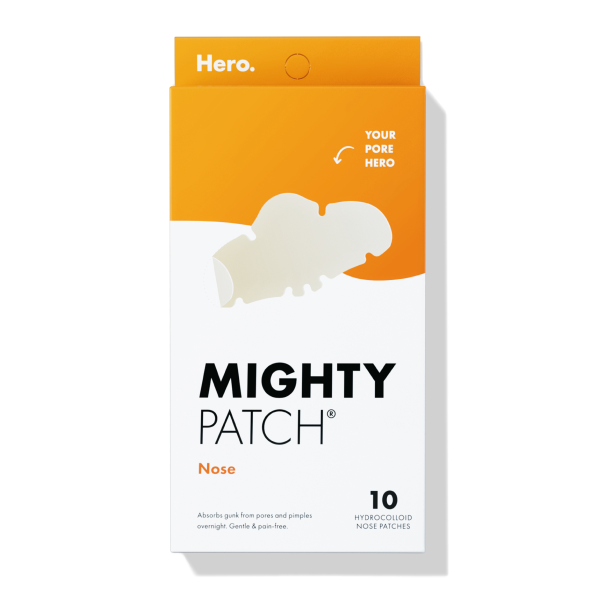
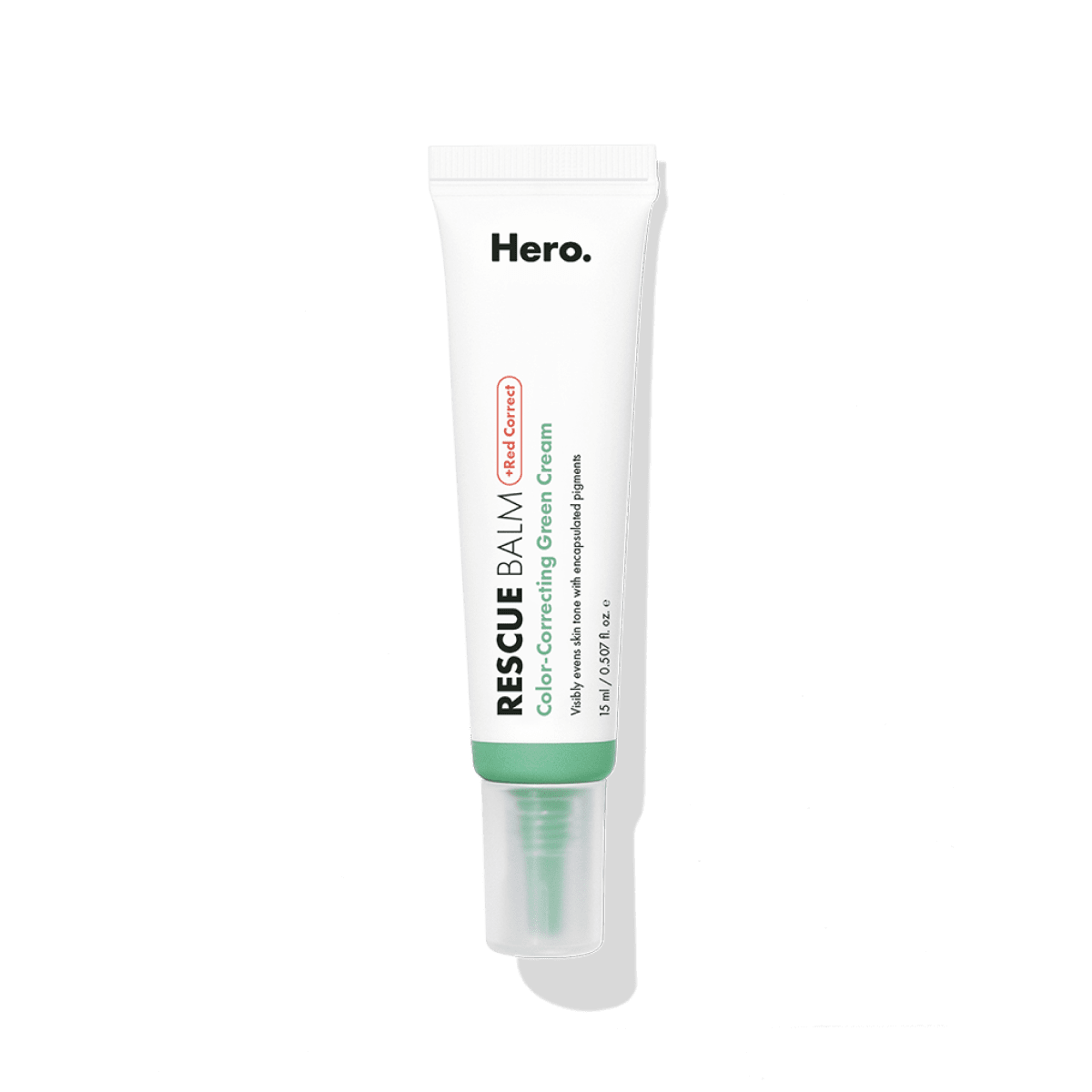
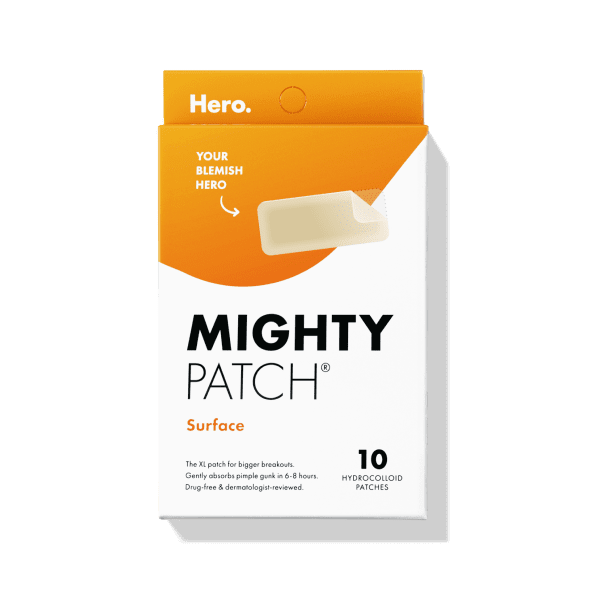
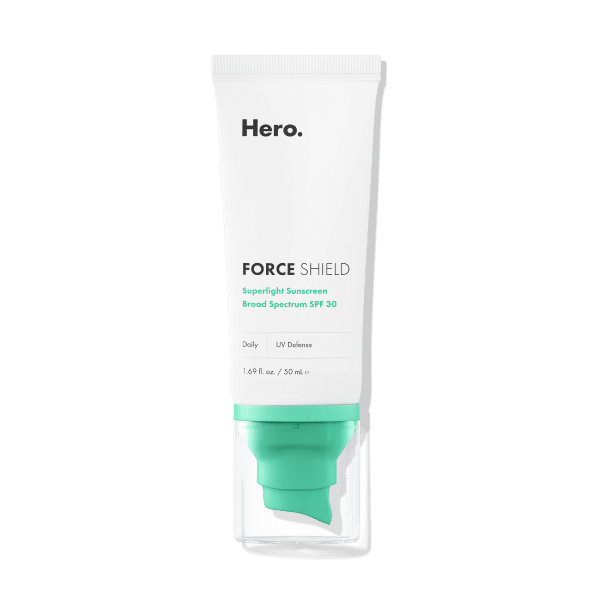
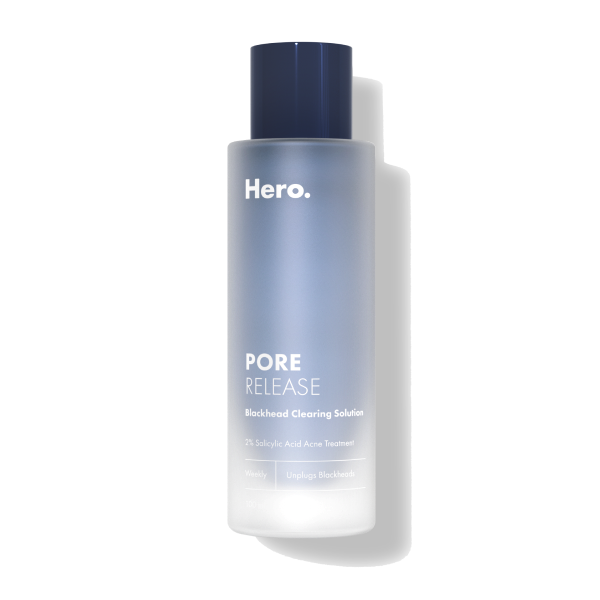

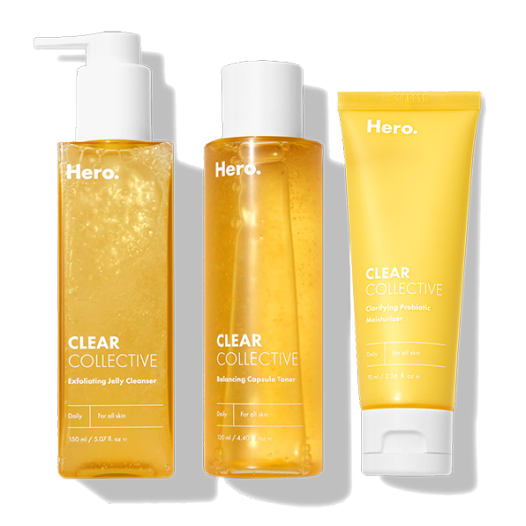
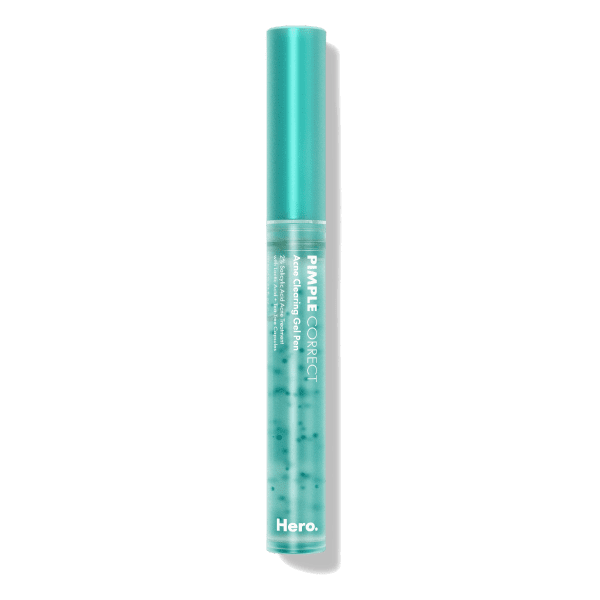
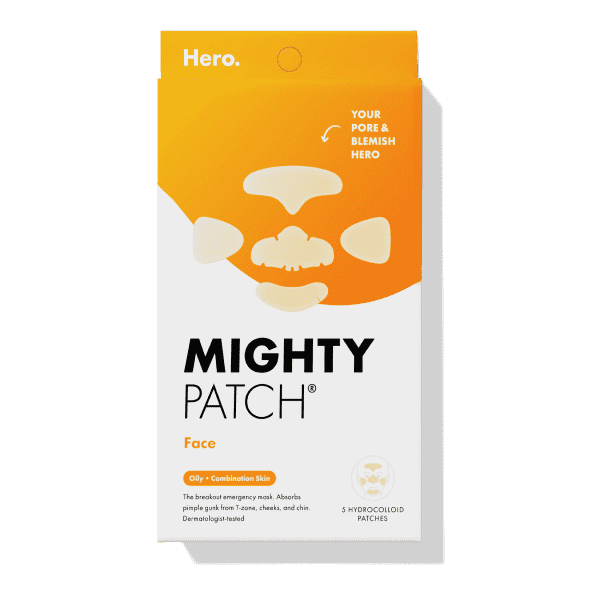

.png?v=1663017252122)
